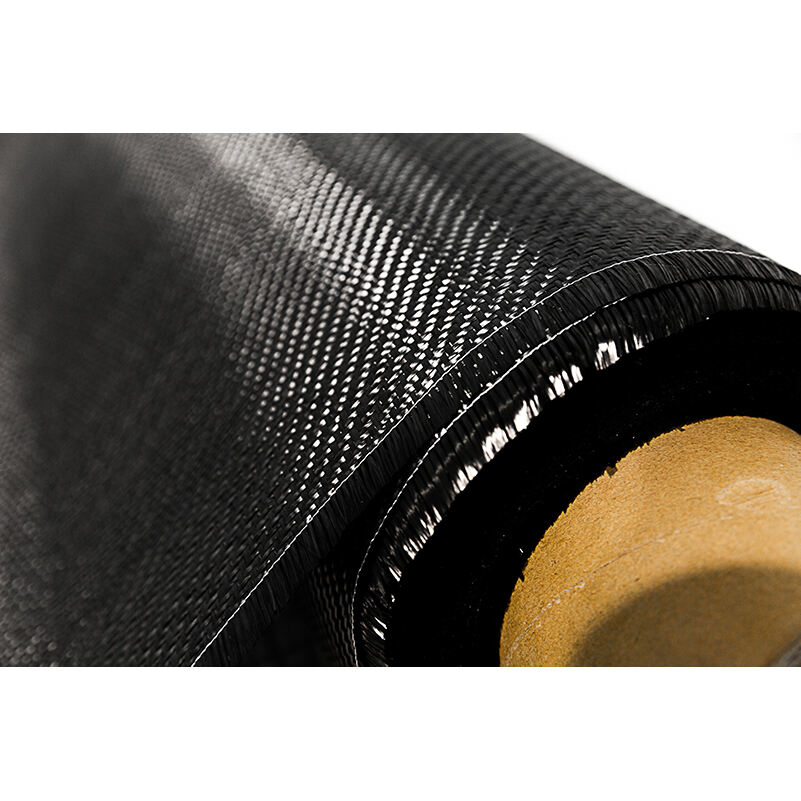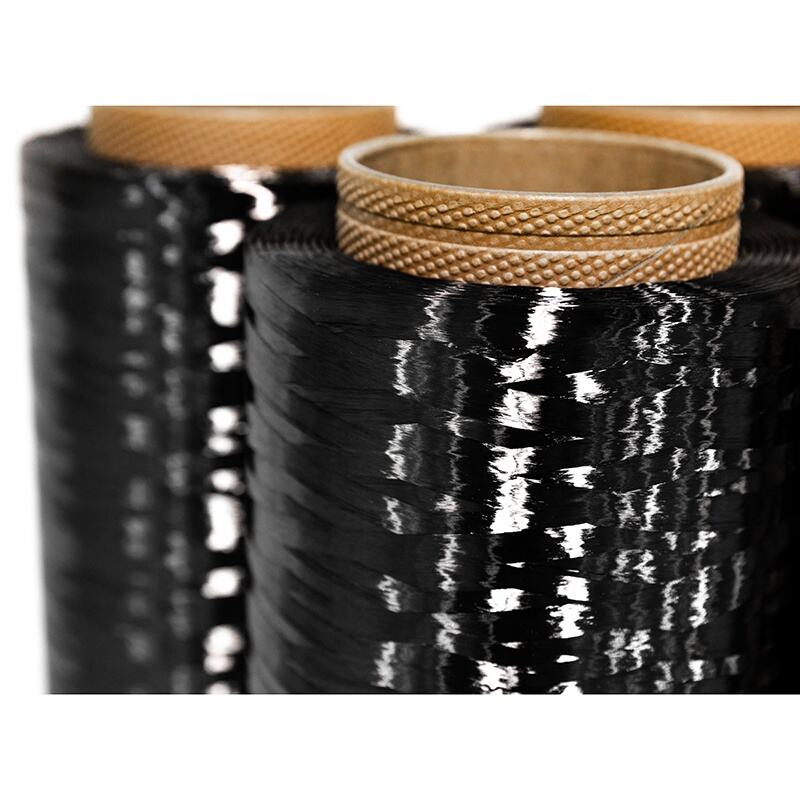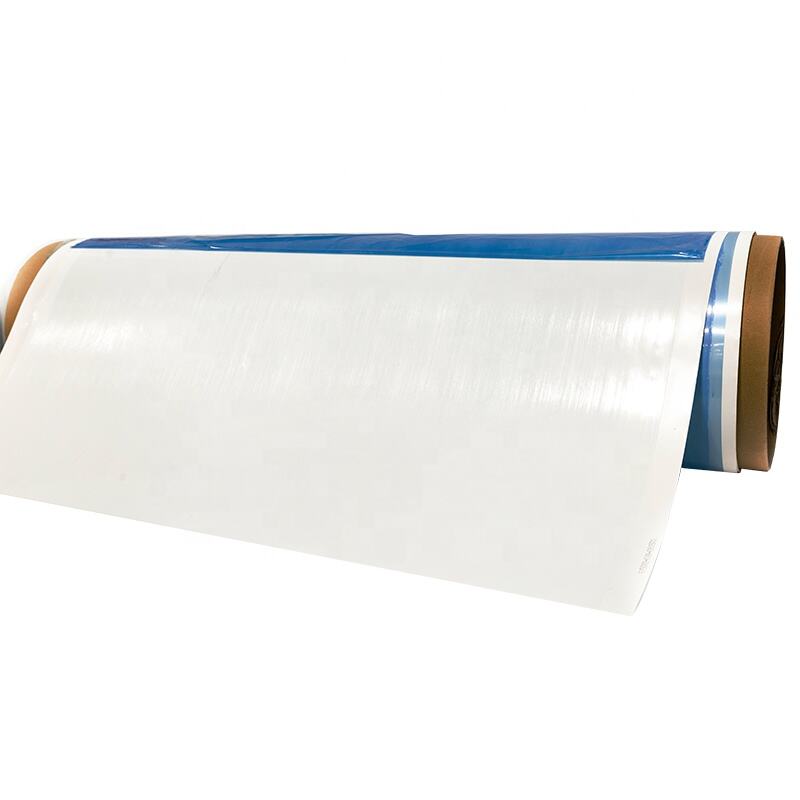carbon fiber fabric
Carbon fiber fabric represents a revolutionary advancement in material science, combining exceptional strength with remarkably low weight. This advanced composite material consists of tightly woven carbon fibers, typically measuring 5-10 micrometers in diameter, created through a precise process of oxidation, carbonization, and treatment of polyacrylonitrile fibers. The resulting fabric exhibits an impressive strength-to-weight ratio that surpasses traditional materials like steel and aluminum. Carbon fiber fabric's versatility extends across numerous applications, from aerospace components to automotive parts, sporting equipment, and architectural reinforcement. Its distinctive characteristics include high tensile strength, superior stiffness, chemical resistance, temperature tolerance, and low thermal expansion. The fabric's structure allows for customizable layering and orientation, enabling engineers and designers to optimize performance for specific applications. Moreover, its corrosion resistance and fatigue tolerance make it ideal for demanding environments where traditional materials might fail. The fabric can be impregnated with various resins to create composite materials that maintain strength while reducing overall weight by up to 75% compared to steel alternatives.


